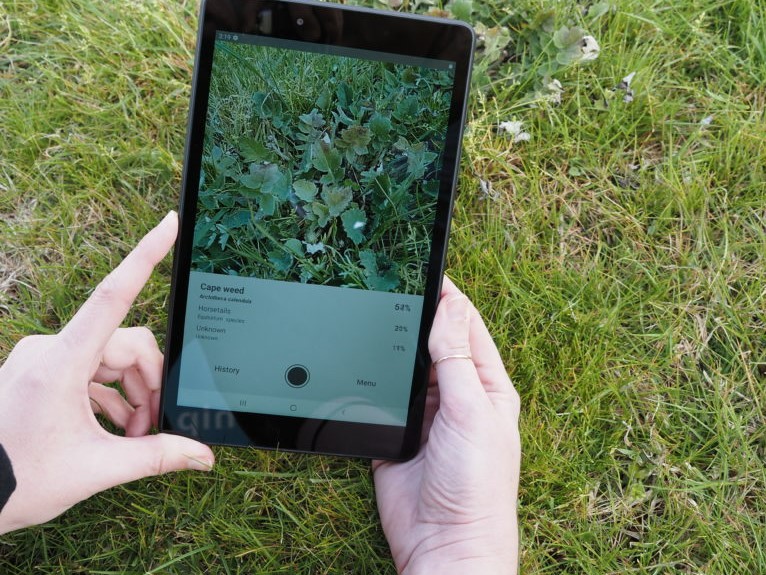Our collections are joining the digital revolution. This was not something we dreamt of when we established our first research collection, the Australian National Insect Collection, in 1928. Today we have 15 million specimens, from flies to ferns to fish, from albatross to microscopic algae.
In the 1920s our insect specimens helped solve agricultural problems, especially related to pest insects. Today, our collections provide data for environmental decision making.
Going digital
By digitising our collections, we’re making them available for research. We’re releasing our data freely, including through the Atlas of Living Australia. It’s FAIR data: Findable, Accessible, Interoperable (sharable between different computer systems), and Reusable.
We store our physical specimens in different ways. Plants are mostly dried, pressed and mounted on sheets of paper. Fish and reptiles are stored in jars or tubs of ethanol. Birds and mammals are preserved using taxidermy, but not in poses like you might see in a museum. Our collections are for research, not display.
Crucially, attached to each specimen is a label. It shows what it is, when and where it was collected, and other information such as a description of the site. We call this metadata.
What do our digital specimens look like? At the Australian National Herbarium, a clever conveyor belt system by Picturae is enabling us to digitise nearly a million plant specimens[Link will open in a new window]. We do this by taking high resolution photographs matched to metadata.
At our Australian National Wildlife Collection, we’ve digitised our sound library of 60,000 recordings. These are mainly of birds dating back to the 1950s. They are a record of species occurrences and animal behaviour across time and place. We’re also now digitising our historical eggshell collection. This involves photographing each clutch and linking its metadata.
Although photographing all our 12 million insects is impractical, we carefully select some. We photograph the insect and its label and ask volunteers to transcribe the label data. We recently digitised 7000 insect specimens on the Australian Government’s priority list for conservation. Right now, we’re digitising 19,000 primary type specimens. These are the specimens upon which the description and name of a new species is based.
New science, old specimens
Going digital is dramatically changing the uses of our collections.One of the technologies leading the transformative uses of our collections is artificial intelligence (AI).
We’re using AI to identify individual algae species in water samples. This will help predict harmful algae blooms, benefiting the environment as well as the fishing and aquaculture industries.
Using the high-resolution photographs of our herbarium specimens, we're extracting trait information to use it in scientific research.
We’re using AI to create mobile identification tools for biosecurity. Biosecurity officers are currently trialling using our image classification model to identify stink bugs pests in shipments[Link will open in a new window]. It requires detailed imaging of several hundred specimens.
We’re also working on a new app, called WeedScan[Link will open in a new window], for identifying and reporting weeds.
And we're generating another type of data: DNA sequences. This is thanks to our recent breakthroughs in extracting DNA from old specimens.
This is all only possible thanks to decades of expert taxonomic work to identify each specimen and scientifically name new species.

Still going and still growing!
Our collections are still growing. Each year we add 15,000 new plant specimens alone.
Our new collections building is under construction at our Black Mountain site in Canberra. It will have dedicated facilities for digitisation. Many of our new specimens will be ‘born digital’. This means collection and curation pipelines will support digital record creation alongside the physical specimen.
